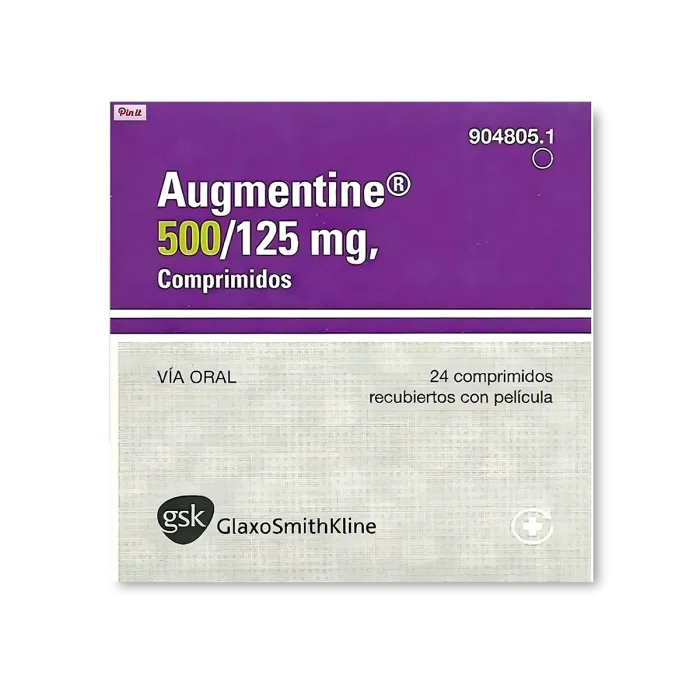Pelvic Inflammatory Disease (PID) is a common infection of the female reproductive organs caused by bacteria.
PID often occurs as a complication of Sexually Transmitted Infections (STIs) caused by bacteria such as Chlamydia and Gonorrhea.
It poses a significant health concern for women worldwide, with potentially severe consequences such as infertility and chronic pelvic pain.
In recent years, there have been notable advancements in PID therapy, offering new hope for improved outcomes and patient care.
From traditional antibiotic plans to emerging approaches like triple antibiotic therapy, doctors are continually seeking to enhance treatment efficacy while minimizing risks.
This article explores the latest developments in PID therapy and its effectiveness, challenges, and prospects.
Understanding PID Therapy
PID can lead to serious health problems, including infertility, ectopic pregnancy, and chronic pelvic pain if left untreated.
Antibiotic therapy is the main treatment for PID, aiming to eliminate the infecting bacteria and prevent complications.
However, PID therapy can be challenging due to the diverse range of bacteria involved and the potential for antibiotic resistance.
Understanding PID therapy involves recognizing the importance of immediate diagnosis and appropriate antibiotic treatment to reduce the risk of long-term complications.
Effective PID therapy treats the current infection and helps prevent future recurrences and associated health issues.
Save up to 90% on your medicine bills

Augmentin 500/125 Mg

Azax 500 Mg

Cephadex 500 Mg

Norflox 200 Mg
Conventional Antibiotic Therapy for PID
 Source: getty_images
Source: getty_imagesPID is typically treated with conventional antibiotic therapy, consisting of a plan targeting the most common causative pathogens.
This therapy involves a combination of antibiotics, such as Doxycycline and Cephalosporins, administered orally or intravenously.
The aim of the antibiotic therapy is to eliminate the infection and prevent the spread of inflammation to adjacent reproductive organs.
However, it worth to note that antibiotic resistance and incomplete pathogen coverage can compromise conventional therapy’s efficacy.
Therefore, careful selection of antibiotics based on local antimicrobial resistance patterns and individual patient factors is important.
Triple Antibiotic Therapy for PID
Triple antibiotic therapy is a promising approach for treating PID.
It involves using three different antibiotics, Ceftriaxone, Doxycycline, and Metronidazole, to target the bacteria causing the infection.
This method aims to enhance the effectiveness of treatment by addressing multiple bacterial strains commonly associated with PID.
Combining antibiotics with complementary mechanisms of action can improve outcomes and reduce the risk of treatment failure and recurrence.
One advantage of triple antibiotic therapy is its ability to provide broader coverage against a wider range of bacteria compared to single or dual antibiotic plans.
This is particularly beneficial in cases where the exact causative pathogens are unknown or when there is concern about antibiotic resistance.
When selecting appropriate antibiotics and dosing plans, doctors must carefully consider the patient’s medical history, antibiotic sensitivities, and local resistance patterns.
To learn more about PID treatment options, read Exploring Pelvic Inflammatory Disease Treatments
Conclusion
Pelvic Inflammatory Disease (PID) is a bacterial infection that commonly affects the female reproductive organs.
It is usually caused by sexually transmitted infections (STIs) such as Chlamydia and Gonorrhea.
If left untreated, PID can cause serious health issues including infertility, chronic pelvic pain and Ectopic pregnancy.
However, the main treatment for PID is antibiotic therapy which aims to eliminate the bacterial infection and prevent complications.
PID therapy involves a combination of antibiotics, such as Doxycycline and Cephalosporins, which can be administered orally or intravenously.
Triple antibiotic therapy may also be used to treat PID using three antibiotics to target the infection-causing bacteria.

Frequently Asked Questions
Is PID therapy safe during pregnancy?
Yes, PID therapy is safe during pregnancy but must be administered cautiously under medical supervision.
Antibiotics should be safe for both mother and fetus. Untreated PID poses higher risks to pregnancy.
Consult a doctor for optimal management.
Can I have sex while undergoing PID therapy?
No, it is generally advised to abstain from sexual activity while undergoing PID therapy to prevent complications and reduce the risk of transmitting the infection to sexual partners.
It’s important to follow the doctor’s recommendations and complete the full course of treatment for optimal recovery and to avoid potential reinfection.
What lifestyle changes can help with PID therapy?
Lifestyle changes that can aid in PID therapy include abstaining from sexual activity until treatment completion, safe sex, avoiding douching, and good hygiene.
Additionally, quitting smoking and adopting a healthy diet can help boost immune function and promote overall recovery.
How soon can I expect to feel better after starting PID therapy?
The timeline for improvement after starting PID therapy varies.
Some individuals may experience relief from symptoms within a few days, while others may require several weeks.
It’s crucial to complete the full course of treatment as prescribed by your healthcare provider, even if symptoms improve early on.
How long does PID therapy last?
The duration of PID therapy typically ranges from 10 to 14 days.
However, the exact length may vary depending on the severity of the infection, individual patient factors, and the specific antibiotic regimen the doctor prescribes.
It’s essential to complete the full course of treatment as directed for optimal effectiveness.
Cheap Medicine Shop only refers to credible, authoritative sources for our content. If you’re curious about how we ensure the integrity of our content, we encourage you to read our Content Information Policy.














